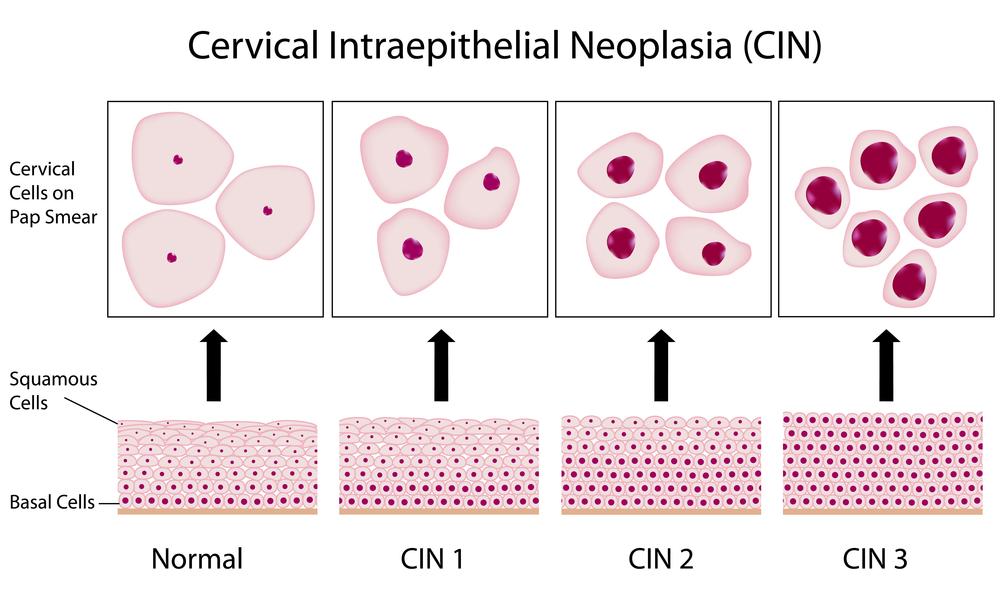
An overview about pap smear tests
A pap smear or pap test is a screening procedure to test for cervical cancer. The test is used to diagnose the presence of precancerous or cancer cells that might be present in the cervix (the opening of the uterus).
The procedure involves scraping cells from the wall of the cervix which are then sent to the laboratory to detect if there is any abnormal growth. Pap smear procedure is mildly uncomfortable, but it doesn’t cause any long-term pain.
Read on to find out more about the procedure:
- Pap smear is done by women that may have an increased risk of cancer and infection. The woman may need more frequent tests if she is HIV positive, or has weakened immune system due to chemotherapy or an organ transplant.
- Women over 30 usually undergo three normal Pap smear tests in a row. The doctor, however, might suggest you go for pap smear once every five years. It is usually combined with human papillomavirus screening. HPV virus is a type of infection that causes warts. HPV type 16 and 18 are one of the primary causes of cervical cancer. A woman infected with HPV might have an increased risk of developing cervical cancer. HPV virus can be dormant for years before becoming suddenly active.
- Pap smears are usually covered by most of the insurance plans although, some plans might require a copay. The screening procedure is not performed during menstruation phase since the results could be less accurate. Apart from this sexual intercourse, douching and using spermicidal products is prohibited before the test as it may cause errors in the test results.
- During the procedure, the patient has to lie on her back on an examination table. The doctor will insert a device called speculum into the vagina. This device keeps the vaginal wall open and provides access to the cervix. There are different ways that the doctors can take the sample. Some doctors use a spatula, and a brush called cytobrush as a tool to scrape the tissues off the wall of the cervix. Some women might feel a slight push and brief irritation during the procedure. The procedure causes vaginal bleeding following the examination.
There are two types of results in a pap smear test results:
Normal pap smear test
Don’t be alarmed if the pap smear tests turn out to be “negative.” Negative pap smear tests indicate that there was no abnormal growth found in the smear that was taken from the cervix. It also means the person won’t need another pap smear test at least for the next three years.
Abnormal pap smear
The positive result of pap smear test does not always mean that the person is suffering from cancer. It means that the person might be having abnormal cells in the cervix that could be precancerous. There are different stages of the abnormal cells: atypia, mild, moderate, severe dysplasia, carcinoma in situ.
The main aim of a pap smear test is to identify changes in the cells of the cervix, which could be caused by HPV. Pap smear can help identify cervical cancer in its early stages before it starts spreading through the lymph node to the different parts of the body.
Interested in more articles about Wellness ? Explore them here. Keep yourself updated with fresh content by liking us on Facebook or subscribing to our Newsletter.
If a daily dose of fantastic images related to Women’s Lifestyle gets you going, follow us on Instagram .




